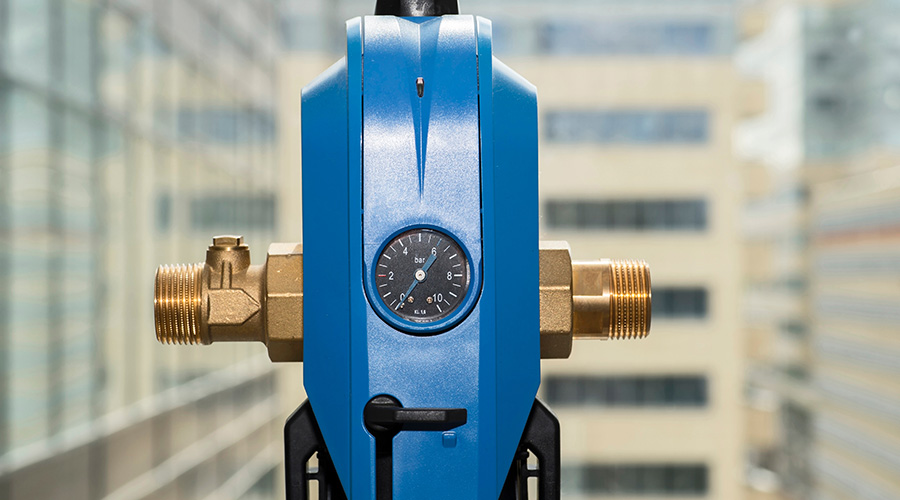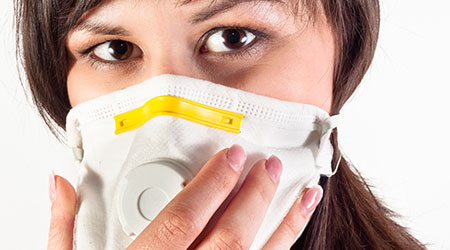
Medical Center Aims for LEED Silver
November 27, 2017
Hennepin County Medical Center’s new ambulatory clinic building marks the biggest expansion in history for Minneapolis/Saint Paul’s largest teaching hospital.
The $220.8 million, 377,000-square-foot facility will consolidate more than 40 primary and specialty clinics currently spread across nine buildings. It will also be built and operated with the goal of achieving LEED Silver certification, according to a presentation by Dylan McCormick, Project Manager, Walker & Associates, Inc., at the 2017 Critical Facilities Summit, held in October in Minneapolis.
“Our goal is to achieve LEED Silver and in doing so minimize the impact of the ecosystem by revitalizing the downtown site. And through building efficiency and energy savings and a healthy interior space,” McCormick said.
The building will include six floors of clinics and services, two levels of underground pay parking with 221 stalls for patients and family. Primary, specialty care and physical and occupational therapy, as well as a same day surgery center with five operating rooms, and four GI/endoscopy rooms, will be housed in the new facility. The clinic will also be home to a Cancer Center with Radiation Therapy, Outpatient Imaging Center, Women’s Imaging, and skyway and tunnel connections to the rest of the HCMC campus.
The new ambulatory healthcare facility, which is expected to see it’s first patient in March, has the following sustainability goals:
• Achieve LEED Silver Certification (50-59 points of a potential 110)
• Further connection to existing HCMC campus, downtown Minneapolis, and the Elliot Park Neighborhood
• Use low-emitting materials and provide a healthy indoor environment
• Improve site conditions
– Brownfield redevelopment
– Storm water management
– Reducing heat island effects
LEED Silver’s main credit categories include:
• Sustainable sites credits encourage strategies that minimize the impact on ecosystems and water resources
•Water efficiency credits promote smarter use of water, inside and out, tor educe potable water consumption
•Energy and atmosphere credits promote better building energy performance through innovative strategies
•Materials and resources credits encourage using sustainable building materials and reducing waste
•Indoor environmental quality credits promote better indoor air quality and access to daylight and views
For instance, the water efficiency portion of the new ambulatory clinic’s plan will be accomplished in part with a 20% reduction in water use and water-efficient landscaping.
This Quick Read was submitted by Cathryn Jakicic, Healthcare Industries Editor, FacilitiesNet. For about hospital campuses and other medical facilities, visit https://www.facilitiesnet.com/healthcarefacilities.
Next
Read next on FacilitiesNet












